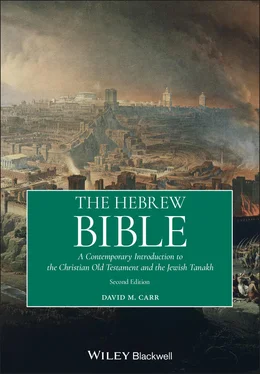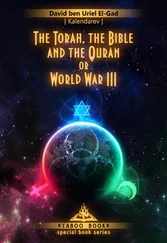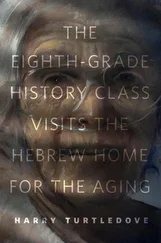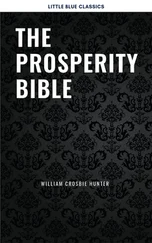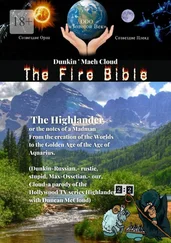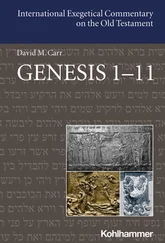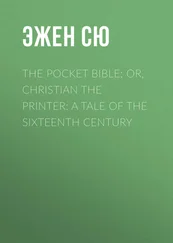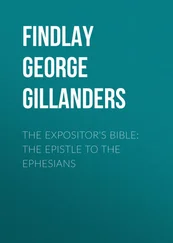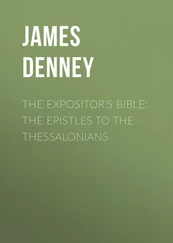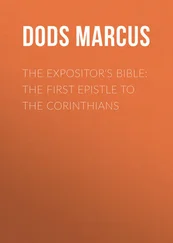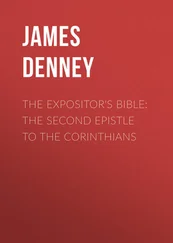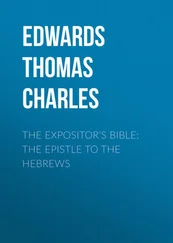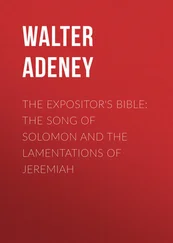These boxes offer extra information relevant to the broader discussion. Some pull together relevant dates for a period, while others show parallels between texts, or summarize information on a theme or question that relates to the topic at hand. This information is not optional or superfluous. Instead, these boxes highlight topics that are worth focused attention.
| Contents of the Hebrew Bible/Tanakh/Old Testament |
4 |
| Bible Abbreviations, Chapters, and Verses |
11 |
| The Origins of Chapters and Verses |
12 |
| Overview: Order of Main Discussions of Biblical Books |
21 |
| Visualizing (the Possible Ancestors of) Ancient Israelites |
26 |
| ad, bc, bce, and ce |
28 |
| The Name of Israel’s God: Yahweh/the LORD |
31 |
| What Was Earliest “Israel” and Who Were “Judges”? |
39 |
| History and the Books of Joshua and Judges |
40 |
| The Name “Israel” |
46 |
| Labels (e.g. “Psalm of David”): What They (Don’t) Tell Us |
69 |
| Contrasts and Parallels between Biblical and Mesopotamian Flood Narratives |
90 |
| Significant Dates: The Northern Kingdom (“Israel”) |
108 |
| Hosea and the “Book of the Twelve Prophets” |
120 |
| Significant Dates: Judah under Assyrian Domination |
124 |
| A View from the Assyrian Imperial Court: The Annals of Sennacherib |
126 |
| Isaiah 6 and the “Call Narrative” |
133 |
| Comparison: The Covenant Code and Deuteronomy |
145 |
| Overview: The Three Pilgrimage Festivals in the Covenant Code and Deuteronomy |
146 |
| Proverbs and Deuteronomy |
147 |
| The Conquest and Ancient Holy War |
152 |
| Forced Labor for Exiles Under Nebuchadnezzar |
181 |
| The Divine Council |
190 |
| Traditions that Moses Wrote the Pentateuch |
201 |
| The Story of Jacob at Bethel as an Example of the Addition of Promise to an Older Story |
205 |
| J (the “Yahwistic Source”), E (the “Elohistic Source”) and the Documentary Hypothesis |
211 |
| Which Texts Were Part of the P Source? |
215 |
| Significant Dates: The Persian‐Sponsored Restoration of Judah |
235 |
| The Emergence of “Judaism” |
267 |
| Significant Dates: The Rise of the Hasmonean Kingdom |
273 |
| The Dead Sea Scrolls |
282 |
Preface to the First Edition
This book introduces students to the books of the Hebrew Bible as shaped in the crucible of the history of Israel and Judah, as well as in the varied interpretations of later Jewish and Christian communities. A prominent theme throughout is the way the books of the Bible reflect quite different sorts of interaction with past and present empires that dominated the ancient Near East. At first both students and professors may find this approach jarring, since I do not begin with Genesis and do not proceed through biblical books in order. The group of texts introduced early on in this textbook is quite different from the Bible they now know. Moreover, this textbook incorporates advances in Pentateuchal criticism over the past decades that are unfamiliar to both students and many professors. Yet I can say on the basis of my and others’ experience teaching this approach that the picture of the Bible’s development comes into focus as the narrative of its formation unfolds. At the outset, I highly encourage readers to consult the charts at the beginning of this introduction (pp. xx–xxiii) that provide an overview of major periods in Israelite history and texts connected to those periods. By the end of the process, students should find meaning in aspects of the Bible that they once overlooked, even as they also understand that much of the power of the Bible has been its capability to transcend the original contexts in which it was written. Moreover, through discussion of the history of Jewish and Christian interpretation of “Focus texts” at the end of each chapter, students will gain a taste of how faith communities have used the Bible in creative, inspired, and sometimes death‐dealing ways to guide and make sense of their lives.
I have been helped by many people in writing this textbook, first and foremost my wife, Colleen Conway. Versions of these chapters were originally written for a combined introduction to the Old and New Testaments that is co‐authored with her, Introduction to the Bible: Sacred Texts and Imperial Contexts (also published by Wiley‐Blackwell), and so she has read multiple versions of them, taught them in her courses, and offered many suggestions for improvement. Several colleagues – Benjamin Sommer, Kent Reynolds, Mark Smith, and Marvin Sweeney – went way beyond the call of duty to read and suggest revisions to excerpts from the manuscript relating to areas of their expertise. I cannot say that I incorporated all of their suggestions, but I can affirm that this book is much stronger thanks to their gracious help. In addition, my students over the past two years have read earlier drafts of this textbook and suggested corrections. Some students and teaching assistants who have offered a particularly large volume of helpful corrections are Mary Ellen Kris, Candice Olson, Lizzie Berne‐DeGear, Laurel Koepf, Meagan Manas, and Todd Kennedy. My thanks to all for their generous help in this project.
The date framework given in this textbook follows that of Anson Rainey and Steven Notley’s The Sacred Bridge: Carta’s Atlas of the Biblical World (Jerusalem: Carta, 2005). In many cases specific dates are uncertain, but Rainey and Notley provide a recent, solid framework to start from on an introductory level. Unless otherwise indicated, the Hebrew and Aramaic translations of biblical and additional texts here are my own.
As with any such textbook, there is plenty of room for improvement. In particular, I am acutely conscious of the multiple ways in which virtually everything that is written here could be footnoted, qualified, and balanced with other perspectives. At particular points, such as my treatment of Pentateuchal source criticism, I explicitly summarize alternative perspectives that students may encounter when reading other resources. But inclusion of all alternative perspectives would have turned this into quite a different book, and one – I suggest – that would be much less suited for introducing students to academic study of the Bible. This introduction provides one general outline of the Hebrew Bible, which students can then supplement, correct, and balance in their future studies. All that said, I certainly invite all possible suggestions for correction and improvement so that any future edition of this textbook will be better.
David Carr
New York
PREFACE TO THE SECOND EDITION
I am happy to have this opportunity to update and revise this Introduction after using and receiving feedback on the first edition over the past decade. This new edition includes corrections and a number of updates to reflect developments in recent scholarship. These revisions are too numerous to mention, but are illustrated by the inclusion of several new “More on Methods” boxes that discuss African American Biblical Interpretation, Afrocentric and Womanist Interpretation of the Bible, Feminist Criticism and History of Interpretation/Biblical Reception, Trauma Studies and the Bible, and Ecological Biblical Criticism. This list reflects my ever‐increasing consciousness of the importance for white male scholars like myself to recognize the impact of my social location on my writing and how I and my students must learn from the work and insights of colleagues of color. Readers are particularly encouraged to read those scholars’ work directly, and I have provided some initial suggestions of resources to do so.
Читать дальше
